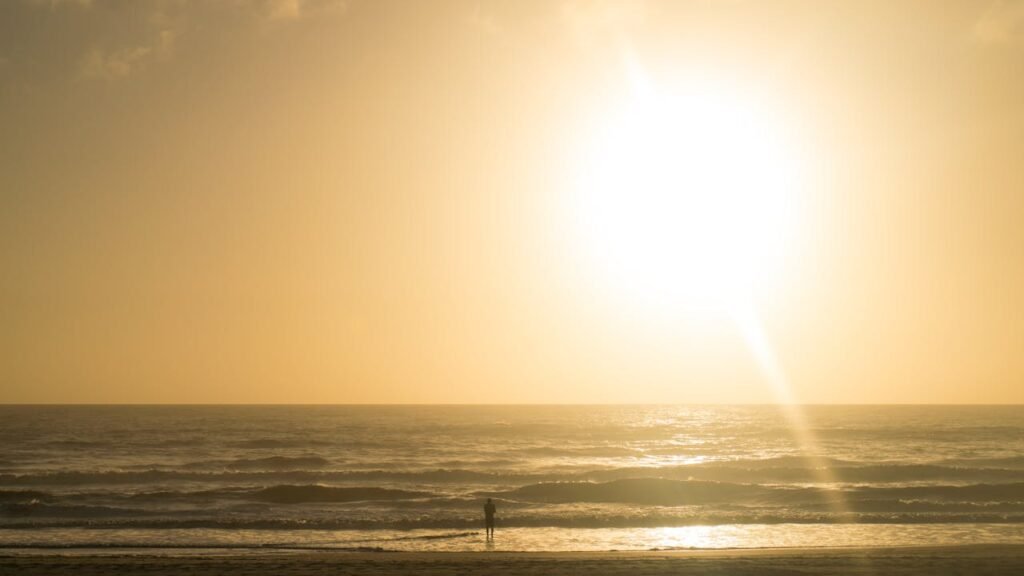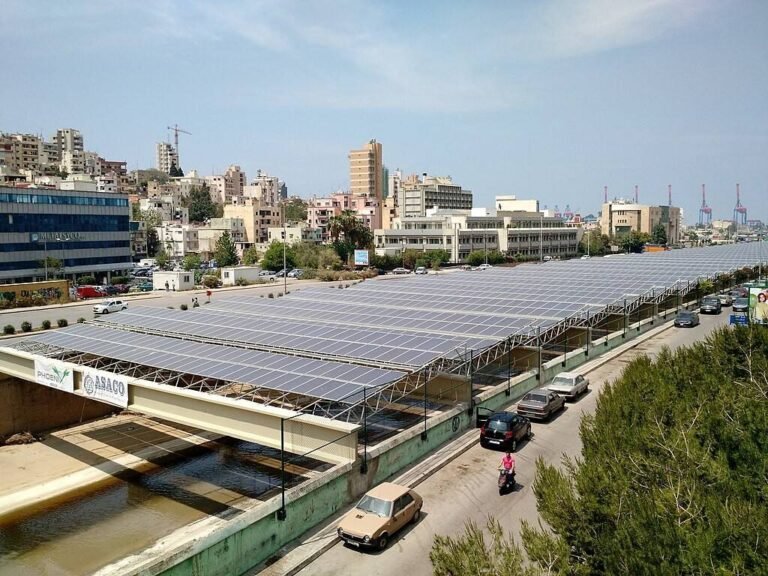Sun Day Sparks Local Solar Experiments and Community Net Zero Projects
Sun Day — a coordinated national day of action for clean energy — has become more than a rally. Across towns and neighbourhoods, it has turned into a practical kickoff for small-scale experiments: pop-up solar installs at schools, volunteer-led “solar days” that connect renters to community arrays, and local councils announcing new net-zero pilots. According to Sunday.earth, Sun Day is organised as a nationwide celebration of solar and community power, with hundreds of local events planned to show how renewables can be built where people live.
That energy matters because the policy and market backdrop has never looked more like an invitation to try things locally. According to Reuters, solar supplied about 84% of the new U.S. generation capacity added in 2024, a sign that municipal-scale experiments can plug into a fast-changing grid. What that means on the ground is tangible: a Sun Day fair can become the moment someone learns about a nearby community solar farm and signs up; a town council can use the event to announce a pilot microgrid for its emergency services. The Guardian reports organisers such as Bill McKibben are deliberately steering Sun Day toward practical demonstrations — installing panels, unveiling local net-zero projects and showcasing electric vehicles — to make clean energy less abstract and more usable for ordinary people.
Those grassroots moments matter because many people still can’t put panels on their roofs. According to TIME, a large share of Americans rent or live in housing unsuitable for rooftop solar — a reason community-scale arrays and local net-zero pilots have become the “missing middle” solution.

In This Article
- How Neighbourhood Experiments are Proving that Net Zero is Local and Doable
- Evidence, Numbers and What the Studies Say
- What Works Next — Practical Steps Communities Can Copy
How Neighbourhood Experiments are Proving that Net Zero is Local and Doable
Real communities — not lab models — have already shown what’s possible when neighbours, civic leaders and local businesses try small, practical projects. In Washington, D.C., a community co-op that began when a mother and two preteens knocked on doors turned into Solar United Neighbours, which has helped thousands of households access solar and inspired community days that look a lot like Sun Day events: outreach, group buys and shared learning. The Rockefeller Foundation documented that origin story and how it scaled into real installs and tangible savings for families.
In the American Midwest, Greensburg, Kansas, rebuilt after a 2007 tornado into a living laboratory for green rebuilding. A technical assistance effort led by the National Renewable Energy Laboratory helped the town adopt high-efficiency building codes and renewables in schools and municipal buildings — a clear, documented example of a small town adopting net-zero principles into its public rebuilding plan. A report by NREL in 2009 found the town’s approach cut energy use and created demonstrable local benefits.
In Europe, the Danish island of Samsø — often held up as a pioneer — used strong local leadership, clear targets and community investment to become almost entirely powered by locally owned renewables. Academic case studies show Samsø’s success depended on visible leadership, local ownership models and government support — lessons directly applicable for Sun Day pilots that aim for community buy-in rather than top-down imposition. A scholarly study of the Samsø project examined the exact mix of planning, funding and local governance that made the island’s transition work.
City neighbourhoods are also experimenting with decentralised systems. Brooklyn’s microgrid demonstrations — a mix of local batteries, rooftop arrays, and community energy marketplaces — have tested peer-to-peer trading and islanding during outages. Industry reports and third-party analyses document both the technical promise and the social hurdles that come with local microgrids, showing these experiments are viable but need careful regulation and clear community governance.
Evidence, Numbers and What the Studies Say
Numbers show why local experiments matter today. According to the Solar Energy Industries Association (SEIA), community solar installations have grown strongly in recent years — hitting a record in 2024 and continuing to accelerate into 2025 — driven by lower panel prices and federal incentives. SEIA’s analyses show that community solar is scaling quickly and reaching new subscribers who otherwise could not access rooftop systems.
A 2024 report by the International Energy Agency emphasised that plunging module prices and falling equipment costs are reshaping the economics: utility-scale and distributed PV are now among the cheapest sources of new electricity in many regions, making local projects far easier to finance. The report also highlighted how lower module prices and declining storage costs are creating new opportunities for neighbourhood-level resilience and net-zero pilots.
Community solar also shows concrete household impacts. TIME reported that in the U.S., community solar capacity was measured in gigawatts and that community arrays can yield bill credits and savings for subscribers who cannot install rooftop panels themselves; analysts say community solar could more than double by the end of the decade under favourable policy and supply conditions.
To make those numbers easier to scan, here’s a short table of headline figures from studies and reports cited in this article:
| Metric | Key finding (short) |
|---|---|
| U.S. solar share of new capacity (2024) | Solar accounted for about 84% of newly added U.S. generation capacity in 2024. |
| Community solar growth | Community solar had a record year in 2024 with major capacity additions and continued growth into 2025. |
| Cost trends | Module prices have more than halved since early 2023; solar remains among the cheapest new power sources. |
| Local impact potential | NREL estimated that fully deployed community solar could serve tens of millions of households that can’t use rooftop solar. |
Those numbers underline a simple fact: the economics and scale are converging for neighbourhood-scale action. But studies also point to familiar barriers: interconnection delays, permitting, local zoning, and program design that can leave low-income households out unless policy specifically reaches them. The TIME, DOE and NREL reports all flag grid queue and policy design issues as the main bottlenecks for fast, fair rollout.

What Works Next — Practical Steps Communities Can Copy
If your community wants to turn a Sun Day moment into an ongoing net-zero project, here are practical, field-tested steps observed in the projects above and recommended by analysts.
Start with a simple public demo and sign up. Host a Sun Day demo that installs a small array on a public roof, uses the day for signups or co-op organising, and publishes clear next steps for residents. Solar United Neighbours’ grassroots co-op model shows how a neighbourhood meeting can scale into thousands of installs when people meet neighbours, see straightforward prices and get organised support.
Design for inclusion from day one. Use community land trusts, nonprofit ownership, or direct-pay structures to make programs accessible to renters and low-income households; these models were explicitly recommended in SUN’s pilot work and in NREL guidance. A program that looks good on the lawn but excludes renters will stall politically and ethically.
Start small and build trust. Pilot a school rooftop or municipal parking-lot carport. The Brooklyn microgrid pilots and Samsø’s island model both emphasise starting with visible, locally beneficial projects that build credibility and expertise before scaling. Make governance clear: who decides, who benefits, and how revenues are used.
Pair the project with resilience planning. If a local net-zero project includes storage or microgrid capabilities, highlight emergency uses (shelters, vaccine coolers, emergency communications). Microgrid experiments in cities have deliberately framed projects around outage resilience to win broader community support.
Work with utilities and regulators early, not late. Many delays come from interconnection queues and rate rules. TIME and SEIA analysts recommend early coordination with utilities and state regulators as a necessary step to avoid multi-year connection backlogs. Policy efforts that create stable compensation rules for community arrays make financing easier and encourage developers to build projects that benefit local subscribers.
Use clear local stories and honest numbers in outreach. Real neighbours’ stories — like the D.C. co-op that began with two kids and a few dozen signups — are more persuasive than abstract savings figures. Use local hosts, transparent cost calculators and short case studies from towns like Greensburg and islands like Samsø to show what success looks like in practice.
Finally, measure and publish results. Track not just kW installed but who benefits (renters, low-income residents), local jobs created, resilience hours added (outage support), and bill savings. Public, simple reporting builds trust and helps other towns learn faster.
Conclusion
Sun Day’s value is not symbolic alone. When it seeds projects that are real, measured, and inclusive, it becomes a practical accelerator: a moment when a community decides to try something, learns from it, and scales what works. The combination of falling solar costs, active community groups, and replicable governance models means local net-zero efforts are increasingly not a distant ideal but an achievable sequence of local choices. For communities ready to try, the evidence, the case studies and the blueprints are now right in front of them.







